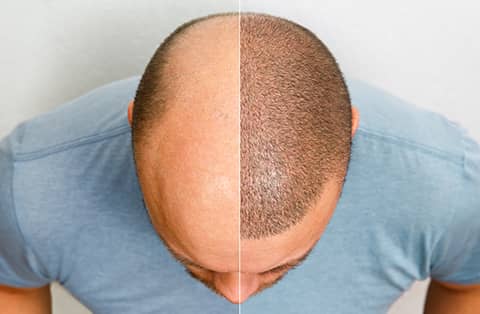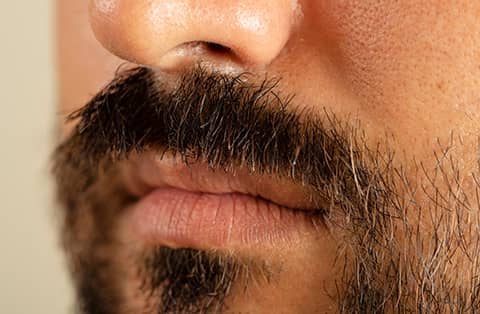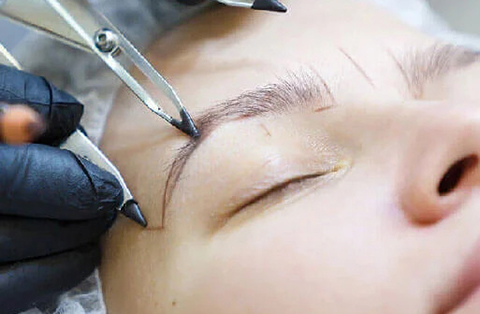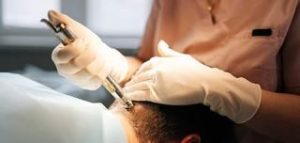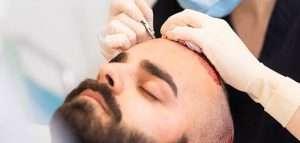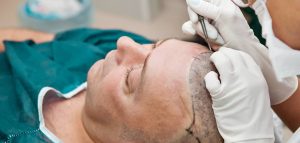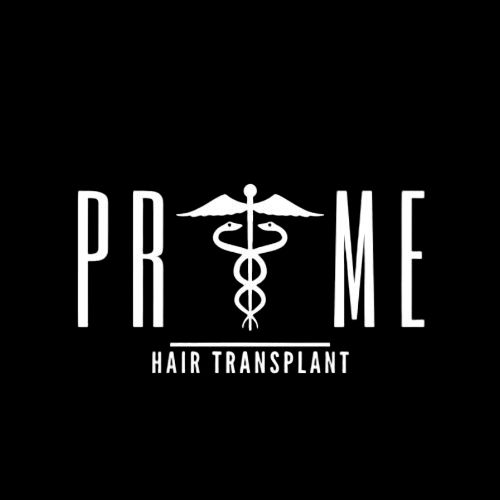Do you have a persistent bump on your gums or experience occasional pus drainage in your mouth?
You may be dealing with a dental fistula. This condition forms when an infection creates a small channel between a tooth or gum infection and the surface of the gums. Though often painless, it can indicate a serious underlying dental issue that requires prompt attention.
In this article, we’ll explore the causes, symptoms, and treatment options for dental fistulas. Learn how to spot the signs early, prevent complications, and maintain your oral health. Keep reading to take the first step toward resolving your dental concerns.
What is a Dental Fistula?
A dental fistula is an abnormal tunnel-like connection between an infected tooth or gum and the surface of the oral tissues. It forms when an infection, usually due to an abscess, creates a path to drain pus and other fluids. This helps relieve pressure from the infection but doesn’t resolve the root problem. An oral fistula often appears as a small bump or pimple on the gums, which may release pus.
While it may not cause immediate pain, a dental fistula is a sign of a serious underlying infection that needs to be treated to prevent further complications.
Difference Between Fistula and Abscess
A dental abscess and a fistula are related but distinct conditions.
Abscess: An abscess is a localized infection, typically forming a pocket of pus around a tooth or in the gums. It develops when bacteria enter the tooth’s inner layers or surrounding tissue, causing pain, swelling, and inflammation. The abscess is often painful due to pressure buildup from trapped pus.
Fistula: A fistula is a passageway that forms when the pressure from the abscess forces a channel through surrounding tissues, allowing the pus to drain. While the fistula relieves pressure and may reduce pain, it does not cure the infection. The abscess remains and requires treatment.
In short, the abscess is the source of infection, and the fistula is the result of the body’s attempt to manage the infection.
Causes of a Dental Fistula
A dental fistula is typically caused by an underlying infection or inflammation in the mouth. The most common causes include:
Tooth Abscess: The primary cause of a dental fistula is an untreated tooth abscess, often resulting from deep tooth decay, trauma, or cracks that allow bacteria to infect the tooth’s pulp.
Gum Disease: Advanced gum disease (periodontitis) can lead to severe inflammation and infection in the gums, creating the conditions for a fistula to form.
Dental Trauma: Injury to a tooth or surrounding tissue can expose the area to bacteria, leading to infection and eventually causing a fistula.
Failed Root Canal: Infections that persist after root canal treatment may lead to abscesses, which can result in fistula formation.
Impacted Teeth: Wisdom teeth or other impacted teeth that become infected can trigger the formation of a fistula.
Poor dental hygiene: Inadequate brushing and flossing allow bacteria to build up on teeth and gums, leading to tooth decay, gum disease, and infections.
Addressing the underlying cause is essential to treating the fistula and preventing further complications.
What are the Symptoms of a Dental Fistula?
The symptoms of a dental fistula can vary, but common signs include:
Pimple-like bump on the gums: The most noticeable sign is a small, raised bump on the gums, often white or yellow in color. It may periodically release pus.
Pus drainage: You may notice pus draining from the bump, sometimes accompanied by a foul taste in your mouth or bad breath.
Swelling or redness: The area around the fistula may appear swollen or red, though not always painful.
Intermittent pain: While the fistula may relieve pressure, you might still experience pain or discomfort, particularly if the underlying infection is severe.
Tooth sensitivity: The affected tooth may become sensitive to hot, cold, or pressure.
Although these symptoms may seem mild, an oral fistula indicates an infection that requires professional treatment to avoid further health risks.
When to Consult a Dentist?
You should consult a dentist as soon as you notice any signs of a dental fistula or related symptoms, such as:
Persistent gum swelling: If you observe a pimple-like bump on your gums that drains pus.
Pain or discomfort: Even if the pain lessens after pus drains, the underlying infection needs treatment.
Bad taste or breath: If you experience a foul taste or odor due to pus drainage, this indicates infection.
Tooth sensitivity: Sensitivity to temperature or pressure near the affected area.
Early consultation helps prevent further complications, such as spreading infection or tooth loss. Home remedies are not effective against the cause of dental fistulas, which is inflammation in the tooth root. Only dental treatment helps. Therefore, attempting to treat a dental fistula yourself is not advisable.
Dental Fistula Treatment
Treatment for a dental fistula focuses on addressing the underlying infection and resolving the root cause. Several options are available depending on the severity of the infection and the condition of the affected tooth or gums:
Root Canal Therapy
If the fistula is caused by an infected or abscessed tooth, root canal therapy is often the first line of treatment. During a root canal, the dentist removes the infected pulp from inside the tooth, cleans the canals, and seals them to prevent further infection. This eliminates the source of the infection, allowing the fistula to heal. In many cases, the tooth is then restored with a crown for added strength.
Incision and Drainage
For more severe abscesses, the dentist may need to make a small incision in the gum to drain the pus. This procedure relieves pressure and pain but is usually a temporary solution. The underlying infection must still be addressed to prevent the fistula from recurring.
Antibiotics
In cases where the infection is spreading or if the patient is at risk for complications, the dentist may prescribe antibiotics. Antibiotics help control the bacterial infection, but they do not directly treat the abscess or fistula itself. Antibiotics are typically used in conjunction with other treatments, such as root canals or extractions.
Tooth Extraction
If the tooth is too damaged or infected to be saved, extraction may be necessary. Removing the tooth eliminates the source of the infection, allowing the fistula to heal. After extraction, the dentist may recommend options such as a dental implant or bridge to replace the missing tooth.
Periodontal Treatment
If the fistula is caused by gum disease, periodontal treatment will focus on controlling the infection and inflammation in the gums. This may include scaling and root planing (deep cleaning) to remove plaque and tartar below the gum line. In more severe cases, gum surgery may be needed to clean deeper areas and promote healing.
Surgical Intervention
In rare cases, if the infection spreads or becomes chronic, oral surgery may be required. Surgery can remove severely damaged tissues or clean infected areas that are difficult to reach with other methods.
Follow-up Care
Once the infection has been treated, follow-up care is important to ensure that the fistula heals properly. Regular dental check-ups, good oral hygiene, and addressing any underlying conditions like tooth decay or gum disease can help prevent recurrence.
Each treatment option aims to remove the infection, preserve oral health, and prevent complications. The dentist will evaluate the condition to determine the most appropriate course of action for the individual case.
How Can You Prevent Dental Fistula?
Preventing a dental fistula involves maintaining good oral hygiene and addressing dental issues early. Here are key steps to prevent a dental fistula:
Practice good oral hygiene: Brush your teeth twice daily, floss daily, and use an antibacterial mouthwash to reduce bacteria that can cause infections.
Regular dental check-ups: Visit your dentist every six months for cleanings and exams. Early detection of tooth decay or gum disease can prevent infections that lead to a fistula.
Treat dental issues promptly: Address cavities, tooth decay, and gum disease as soon as they are detected to avoid infections that could result in abscesses or fistulas.
Avoid dental trauma: Protect your teeth from injury by wearing a mouthguard during sports or physical activities. Trauma to the teeth can increase the risk of infection.
Healthy diet: Limit sugary foods and drinks, which contribute to tooth decay, and maintain a balanced diet to support overall dental health.
By taking preventive measures, you can reduce the risk of infections that lead to dental fistulas and maintain better oral health.


